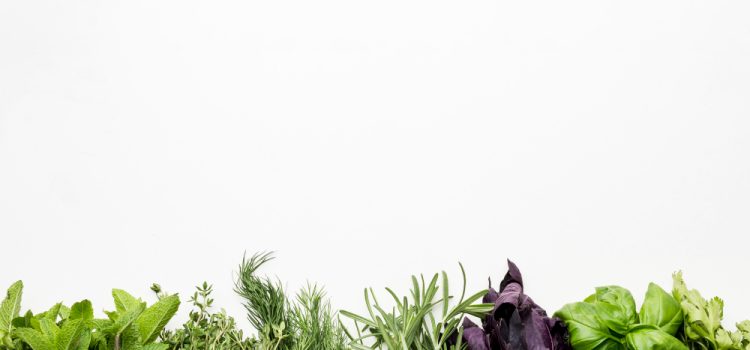
Introduction: In a world where indoor greenery has become increasingly popular, plant enthusiasts are constantly on the lookout for unique and extraordinary additions to their collections. Whether you’re an avid botanist or a casual green-thumb, this article aims to introduce you to a fascinating array of plants that break the boundaries of traditional foliage. Get ready to delve into the realm of extraordinary and quirky plants that will undoubtedly captivate and add an intriguing touch to your uncommon collection.
- Corpse Flower (Amorphophallus titanum): Known as the “King of Stink,” the Corpse Flower is a botanical marvel that has captured the attention of plant lovers worldwide. Native to the rainforests of Sumatra, this giant plant is renowned for its colossal size and its putrid scent, which resembles rotting flesh. The Corpse Flower blooms only once every few years, making it an exceedingly rare and sought-after addition to any collection.
- Lithops (Living Stones): Hailing from the deserts of Southern Africa, Lithops, commonly referred to as Living Stones, are succulents that mimic the appearance of rocks. These peculiar plants have evolved to blend seamlessly into their arid surroundings, camouflaging themselves to escape predators. Their fascinating shapes and patterns make them a visually stunning addition to any collection, showcasing nature’s remarkable ability to imitate.
- Venus Flytrap (Dionaea muscipula): No collection of extraordinary plants would be complete without the inclusion of the infamous Venus Flytrap. Native to the wetlands of North and South Carolina, this carnivorous plant lures unsuspecting insects with its vibrant leaves that resemble an open trap. Its lightning-fast reflexes enable it to capture and digest its prey, making it a captivating and slightly macabre addition to your uncommon collection.
- Rafflesia arnoldii: Hailing from the rainforests of Southeast Asia, the Rafflesia arnoldii is often referred to as the world’s largest flower. With a diameter reaching up to three feet, this parasitic plant is a true botanical marvel. What makes it particularly extraordinary is its distinct lack of leaves, stems, and roots, relying solely on its host plant for survival. Catching a glimpse of this rare and elusive flower is a once-in-a-lifetime experience that will undoubtedly leave a lasting impression.
- Air Plants (Tillandsia): For those seeking a plant that defies convention and requires minimal maintenance, air plants are a perfect choice. Native to the tropical forests of the Americas, these epiphytic plants do not require soil to thrive. Instead, they draw nutrients and moisture from the air, attaching themselves to trees or rocks. Their unique and eye-catching appearance, coupled with their adaptability, makes them a favorite among collectors who appreciate the unconventional.
Conclusion: Breaking the boundaries of greenery means venturing beyond the realm of ordinary plants and embracing the extraordinary and quirky. By adding these unique specimens to your collection, you not only infuse it with novelty but also showcase the wondrous diversity of the plant kingdom. As you embark on your journey to cultivate an uncommon collection, let these extraordinary plants serve as reminders of nature’s ability to surprise, captivate, and inspire us all.
[Disclaimer: When adding new plants to your collection, it is essential to research their specific care requirements to ensure their health and well-being.]










